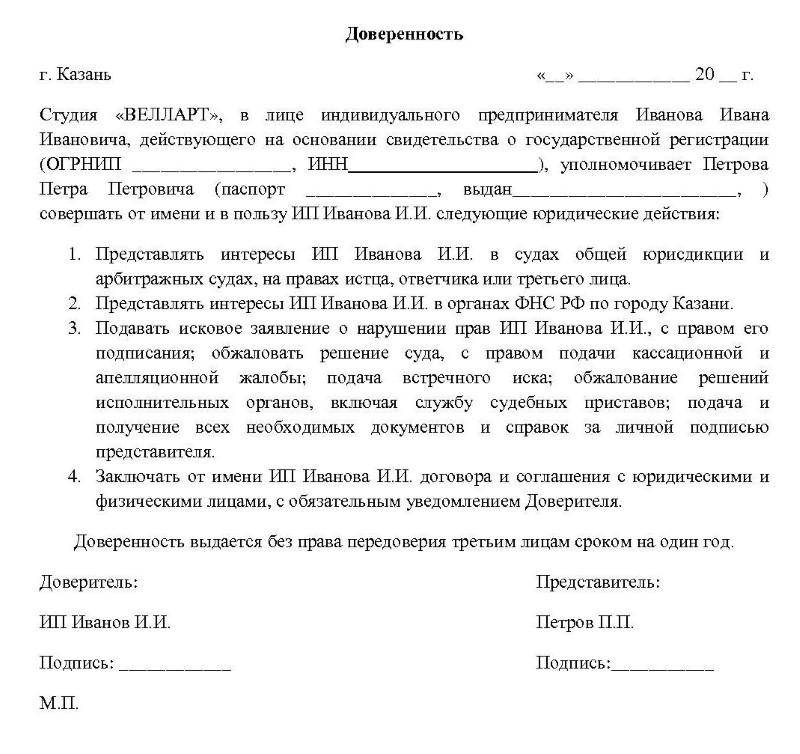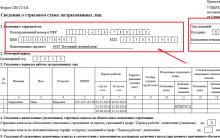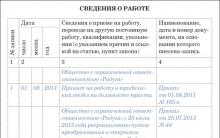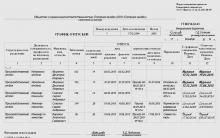An individual has the right to issue a power of attorney to represent his interests - in this case, an authorized person can make various transactions on behalf of a citizen, submit documentation to authorities, and perform other actions permitted by law. The trustee may grant the right to represent the interests of the trustee to a third party, who can verify the identity of the represented individual, if written notes about this are made in the power of attorney. These provisions are enshrined in part 3 of article number 185 of the Civil Code.
A power of attorney is a document drawn up in a free written form, giving the right to the trustee to represent the various interests of the principal. The basis for issuing a document is a certain agreement concluded between two persons within the framework of a relationship.
At its core, a power of attorney is a one-way deal., since its execution requires only the consent of the principal who wants to transfer the rights to dispose of securities or property, the rights to management or representation to another person.
When compiling a document, its “header” indicates the name, below - the data of those involved in the procedure for drawing up the document, below - the full list of transferred powers. In the final part, the validity period, the possibility of reassignment are written, the signature of the principal is put.

In general, the design of the document remains unchanged - it must contain the above data and powers. The powers received by the trustee are divided into special and general, while those specified in 25.5 of the Code of Administrative Offenses are granted automatically.











How to issue a power of attorney to represent the interests of an LLC to an individual?
How to apply for an IP: step by step instructions
Form of power of attorney to receive goods or material assets
The deadline for registering an individual entrepreneur in the tax
Business plan for a law firm: an example with calculations legal support for a business